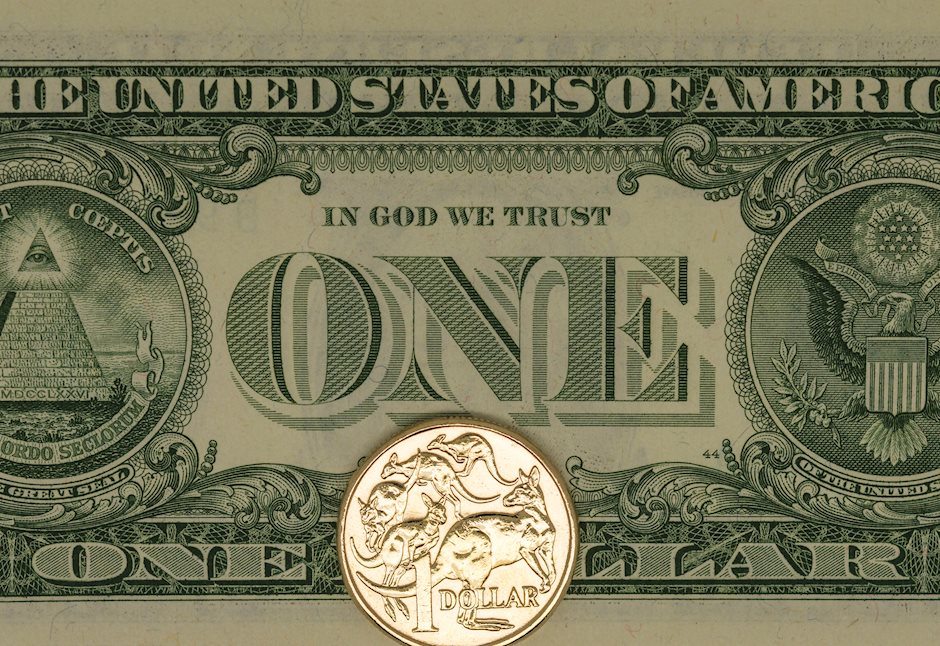AUD/USD remains on backfoot near 0.6550 with Fed policy in focus
- AUD/USD sees more downside due to multiple headwinds.
- Investors await the Aussie inflation data and the Fed’s policy meeting.
- The Fed is expected to leave interest rates unchanged in the range of 5.25%-5.50%.

The AUD/USD pair consolidates in a tight range near 0.6550 in Monday’s European session. The near-term outlook of the Aussie asset remains vulnerable as weak iron ore prices have dampened the Australian Dollar’s (AUD) appeal.
Lower iron ore prices have negatively impacted foreign flows into Australia as it caters to more than 50% of its global demand. The prices of the base metal dived recently due to its weak demand outlook, with the Chinese economy going through a rough phase amid poor demand conditions. Lack of big bang stimulus announcement in the China’s Third Plenum outcome and an unexpected rate-cut decision by the People’s Bank of China (PBoC) raised concerns over China’s economic prospects. Also, China and Australia are close trading partners.
Domestically, the Australian Dollar will be influenced by the monthly and Q2 Consumer Price Index (CPI) data, which will be published on Wednesday. In the second quarter, price pressures are estimated to have grown steadily by 1%. Annually, Q2 CPI is expected to have accelerated to 3.8% from the former release of 3.6%. This will boost expectations of further policy-tightening by the Reserve Bank of Australia (RBA).
Meanwhile, a significant recovery in the US Dollar (USD) amid caution among market participants ahead of the Federal Reserve’s (Fed) interest rate decision on Wednesday has weighed on the Aussie asset. The US Dollar Index (DXY), which tracks the Greenback’s value against six major currencies, jumps to near 104.55. Investors will keenly focus on the guidance on interest rates as the Fed is expected to maintain the status quo for the eighth time in a row.
Currently, financial markets expect that the Fed will start reducing interest rates from the September meeting and there will be two rate cuts this year. Investors will look for cues about whether policymakers are comfortable with these speculations.
Australian Dollar FAQs
One of the most significant factors for the Australian Dollar (AUD) is the level of interest rates set by the Reserve Bank of Australia (RBA). Because Australia is a resource-rich country another key driver is the price of its biggest export, Iron Ore. The health of the Chinese economy, its largest trading partner, is a factor, as well as inflation in Australia, its growth rate and Trade Balance. Market sentiment – whether investors are taking on more risky assets (risk-on) or seeking safe-havens (risk-off) – is also a factor, with risk-on positive for AUD.
The Reserve Bank of Australia (RBA) influences the Australian Dollar (AUD) by setting the level of interest rates that Australian banks can lend to each other. This influences the level of interest rates in the economy as a whole. The main goal of the RBA is to maintain a stable inflation rate of 2-3% by adjusting interest rates up or down. Relatively high interest rates compared to other major central banks support the AUD, and the opposite for relatively low. The RBA can also use quantitative easing and tightening to influence credit conditions, with the former AUD-negative and the latter AUD-positive.
China is Australia’s largest trading partner so the health of the Chinese economy is a major influence on the value of the Australian Dollar (AUD). When the Chinese economy is doing well it purchases more raw materials, goods and services from Australia, lifting demand for the AUD, and pushing up its value. The opposite is the case when the Chinese economy is not growing as fast as expected. Positive or negative surprises in Chinese growth data, therefore, often have a direct impact on the Australian Dollar and its pairs.
Iron Ore is Australia’s largest export, accounting for $118 billion a year according to data from 2021, with China as its primary destination. The price of Iron Ore, therefore, can be a driver of the Australian Dollar. Generally, if the price of Iron Ore rises, AUD also goes up, as aggregate demand for the currency increases. The opposite is the case if the price of Iron Ore falls. Higher Iron Ore prices also tend to result in a greater likelihood of a positive Trade Balance for Australia, which is also positive of the AUD.
The Trade Balance, which is the difference between what a country earns from its exports versus what it pays for its imports, is another factor that can influence the value of the Australian Dollar. If Australia produces highly sought after exports, then its currency will gain in value purely from the surplus demand created from foreign buyers seeking to purchase its exports versus what it spends to purchase imports. Therefore, a positive net Trade Balance strengthens the AUD, with the opposite effect if the Trade Balance is negative.
Author

Sagar Dua
FXStreet
Sagar Dua is associated with the financial markets from his college days. Along with pursuing post-graduation in Commerce in 2014, he started his markets training with chart analysis.

















